LENT and
EASTER
WISDOM
 from
from
POPE JOHN PAUL II
Daily Scripture and Prayers Together With John Paul IIs Own Words
Compiled by John V. Kruse, PhD

Imprimi Potest:
Thomas D. Picton, CSsR
Provincial, Denver Province
The Redemptorists
Published by Liguori Publications
Liguori, Missouri
www.liguori.org
Compilation, Prayer, and Action copyright 2005 by John V. Kruse
All rights reserved. No part of this publication may be reproduced, stored in a retrieval system, or transmitted in any form or by any meanselectronic, mechanical, photocopy, recording, or any otherexcept for brief quotations in printed reviews, without the prior permission of the publisher.
Library of Congress Cataloging-in-Publication Data
John Paul II, 19202005.
Lent and Easter wisdom from John Paul II : daily scriptures and prayers together with John Paul IIs own words / compiled by John V. Kruse.1st ed.
p. cm.
Includes bibliographical references.
ISBN 978-0-7648-1412-9
1. LentPrayer-books and devotionsEnglish. 2. Holy weekPrayer-books and devotionsEnglish. 3. EasterPrayer-books and devotionsEnglish. 4. Catholic ChurchPrayer-books and devotionsEnglish. I. Kruse, John V. II. Title.
BX2170.L4J64 2005
242.34dc22
2005029077
Scripture citations are taken from the New Revised Standard Version of the Bible, copyright 1989 by the Division of Christian Education of the National Council of the Churches of Christ in the USA. All rights reserved. Used with permission.
Acknowledgments of sources of quotations from John Paul II are listed on page 116.
Liguori Publications, a nonprofit corporation, is an apostolate of the Redemptorists. To learn more about the Redemptorists, visit Redemptorists.com.
Printed in the United States of Americar
15 14 13 12 / 6 5 4 3
Contents
PART I
Readings for Lent
PART II
Readings for Easter
Preface
D URING THE NEARLY TWENTY-SEVEN YEARS of his papacy, John Paul II frequently reminded Christians of their call to take up the cross and follow Christ. During the last years of his life, the world watched as John Paul II practiced in an especially poignant fashion the words he had preached as he bravely faced the increasingly burdensome effects of Parkinsons disease. John Paul IIs health took a drastic decline during the last Lenten season of his life (2005). His body grew increasingly weak and his speech became more and more difficult for him, eventually leading to a tracheotomy. During Easter week, John Paul required a feeding tube and developed a high fever. On March 31, he celebrated the anointing of sick. As the lights burned in the papal apartments, thousands kept vigil in St. Peters Square to pray for the ailing pontiff. On April 2, 2005 (Easter Saturday, Vigil of Second Sunday of Easter), John Paul II died with his last words reportedly being, Let me go to the house of the Father.
John Paul IIs last Lenten journey and celebration of Easter can serve as a model for all. With courageous determination, he embraced suffering and took up his cross to follow Jesus. He did so, however, with complete confidence that the resurrection of Jesus conquered death, pain, and suffering once and for all. May his words contained in this book inspire all to follow his moving example of Christian discipleship.
J OHN V. K RUSE
S AINT L OUIS , M ISSOURI
Introduction
M OST C ATHOLICS seem to be aware that the forty-day period before the feast of Easter, Lentwhich comes from the Anglo-Saxon word lencten, meaning springis a time marked by particular rituals, such as the reception of ashes on Ash Wednesday or the practice of fasting and almsgiving. What is the significance of these rituals, and how do we observe the Lenten season today?
A B RIEF H ISTORY OF L ENT
In the first three centuries of Christian experience, preparation for the Easter feast usually covered a period of one or two days, perhaps a week at the most. Saint Irenaeus of Lyons (ca. AD 140202) even speaks of a forty-hour preparation for Easter.
The first reference to Lent as a period of forty days preparation occurs in the teachings of the First Council of Nicaea in AD 325. By the end of the fourth century, a Lenten period of forty days was established and accepted.
In its early development, Lent quickly became associated with the sacrament of baptism, since Easter was the great baptismal feast. Those who were preparing to be baptized participated in the season of Lent in preparation for the reception of the sacrament of baptism. Eventually, those who were already baptized considered it important to join these candidates preparing for baptism in their preparations for Easter. The customs and practices of Lent, as we know them today, soon took hold.
L ENT AS A J OURNEY
Lent is often portrayed as a journey, from one point in time to another point in time. The concept of journey is obvious for those experiencing the Rite of Christian Initiation of Adults ( RCIA ), a four-stage program of baptismal preparation that culminates during Lent and ends during the Easter Vigil.
But Lenten preparation is not limited to those who are preparing to be baptized and join the Church. For many Catholics, Lent is a journey that is measured from Ash Wednesday through Easter Sunday, but, more accurately, Lent is measured from Ash Wednesday to the beginning of the period known as the Triduum.
Triduum begins after the Mass on Holy Thursday, continues through Good Friday, and concludes with the Easter Vigil on Holy Saturday. Lent officially ends with the proclamation of the Exsultet, Rejoice, O Heavenly Powers, during the Mass of Holy Saturday.
By whatever yardstick the journey is measured, it is not only the time that is important but the essential experiences of the journey that are necessary for a full appreciation of what is being celebrated.
The Lenten journey is also a process of spiritual growth and, as such, presumes movement from one state of being to another state. For example, some people may find themselves troubled and anxious at the beginning of Lent as a result of a life choice or an unanswered question, and, at the end of Lent, they may fully expect a sense of conversion, a sense of peace, or perhaps simply understanding and acceptance. Therefore, Lent is a movement from one point of view to another or, perhaps, from one interpretation of life to a different interpretation.
Scripture, psalms, prayers, rituals, practices, and penance are the components of the Lenten journey. Each component, tried and tested by years of tradition, is one of the engines that drives the season and which brings the weary spiritual traveler to the joys of Easter.
P ENITENTIAL N ATURE OF L ENT
A popular understanding of Lent is that it is a penitential period during which people attempt to become more sensitive to the role of sin in their lives. Lenten sermons will speak of personal sin, coming to an awareness of the sins of others and the effect such sin might have, and, finally, the sin that can be found within our larger society and culture. Awareness of sin, however, is balanced by an emphasis on the love and acceptance that God still has for humanity, despite the sinful condition in which we still find ourselves.
Next page

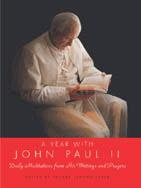
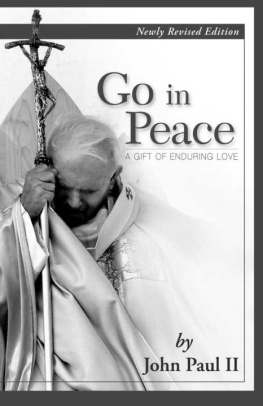
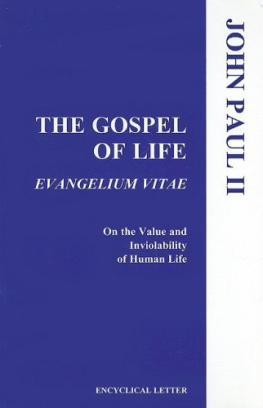
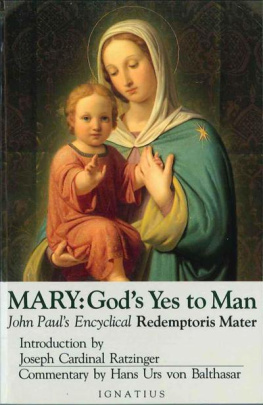
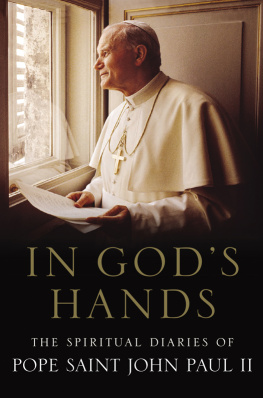
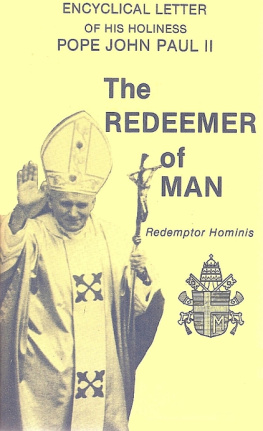
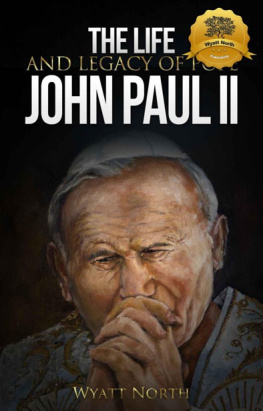
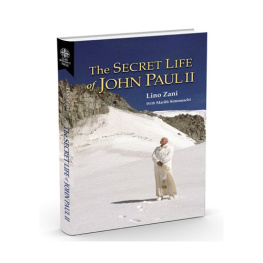

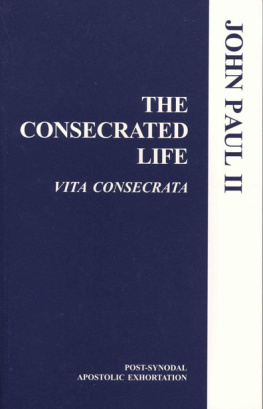
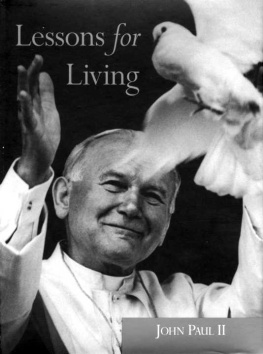
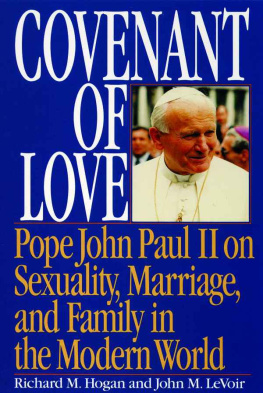
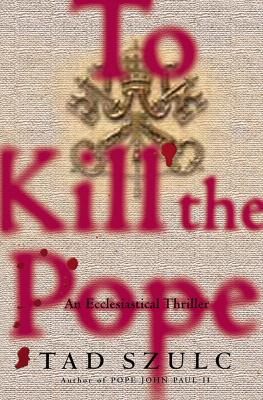
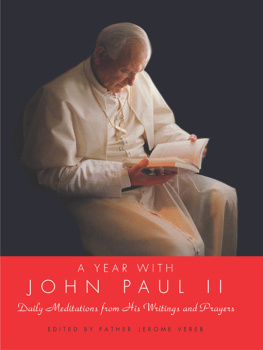
 from
from